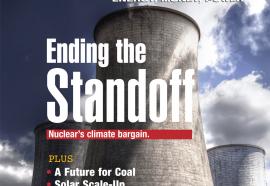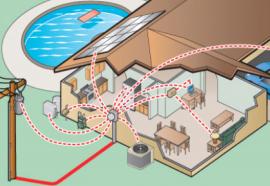Demanding More from DR
Customer-specific demand-response strategies become more sophisticated.
Demand-response technologies are quickly becoming more sophisticated, and markets are treating demand as a resource. But realizing the true potential of DR requires utilities to apply today’s technology solutions and program structures—and to base their strategies on actual customer behavior and preferences—rather than yesterday’s outdated assumptions about centralized load control.











